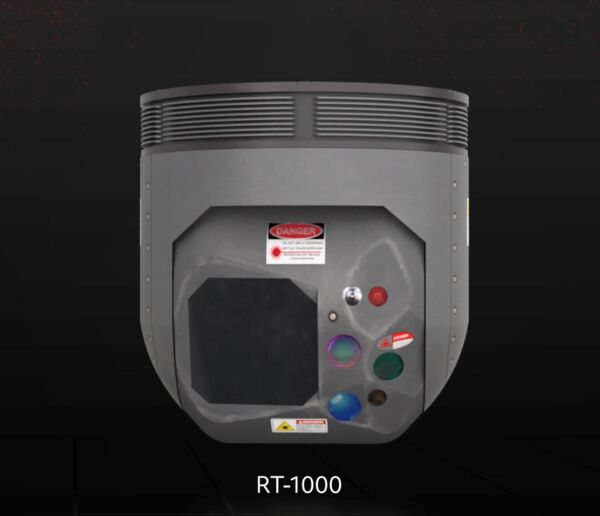
RT-1000, the first version of RAIVEN, will support a wide array of missions, including the US Army's Future Vertical Lift modernisation effort. First flight tests are scheduled for 2024. (Raytheon)
Raytheon's new multispectral, artificial intelligence (AI)-enabled electro-optic/infrared (EO/IR) sensor and targeting platform, dubbed RAIVEN, was the company's attempt to close emerging capability gaps in legacy EO/IR systems developed in the post 9/11 era.
“There was a … demand for EO/IR products during the global war on terror and so we developed a whole bunch of different variants and different size classes of multispectral targeting systems for it,” said Torrey Cady, vice-president of Surveillance and Targeting Systems at Raytheon Intelligence & Space.
“But as we pivoted from the global war on terror [to] great power competition … we realised we really needed to do an update to our technology because the next fight is going to be different from the way we've been fighting,” he said during an 8 May interview with Janes.
One of the biggest shifts has been the approach in which EO/IR targeting and sensor systems are developed. Systems produced to support the counter-terrorism and counter-insurgency operations over the last two decades were developed under the assumption they would operate in relatively uncontested airspace, Cady said.
“In the future, we're going to be operating in contested airspace, which means we're going to be moving faster … and we're going to need to be able to see farther,” he said. “So, when we're looking at contested airspace [challenges] or a peer-to-peer-type fight, the current EO/IR systems aren't really as well suited for that kind of environment,” Cady added.
Looking to read the full article?
Gain unlimited access to Janes news and more...







